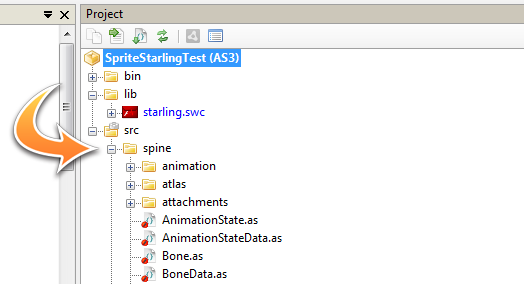

The atlas file describes the locations within the page images of each of the packed smaller images, called atlas "regions". atlas file extension and one or more image files, called atlas "page images". Texture atlas filesĪ texture atlas consists of a text file with an.

Packing is done with numerous heuristics at various sizes and the most efficient result is chosen. Spine uses multiple advanced packing algorithms. Spine can efficiently pack many smaller images into larger images, resulting in what is called a "texture atlas". Binding the texture is relatively expensive, so it is ideal to store many smaller images on a larger image, bind the larger texture once, then draw portions of it many times. In most graphics APIs (for example, OpenGL), a texture is bound, some drawing is done, another texture is bound, more drawing is done, and so no. While it can be used for your Spine skeletons, it can also be run separately to pack all the images for your applications. Spine's texture packer is a general purpose tool. Spine can pack your individual images into a texture atlas or grid (spritesheet) for more efficient rendering at runtime.


 0 kommentar(er)
0 kommentar(er)
